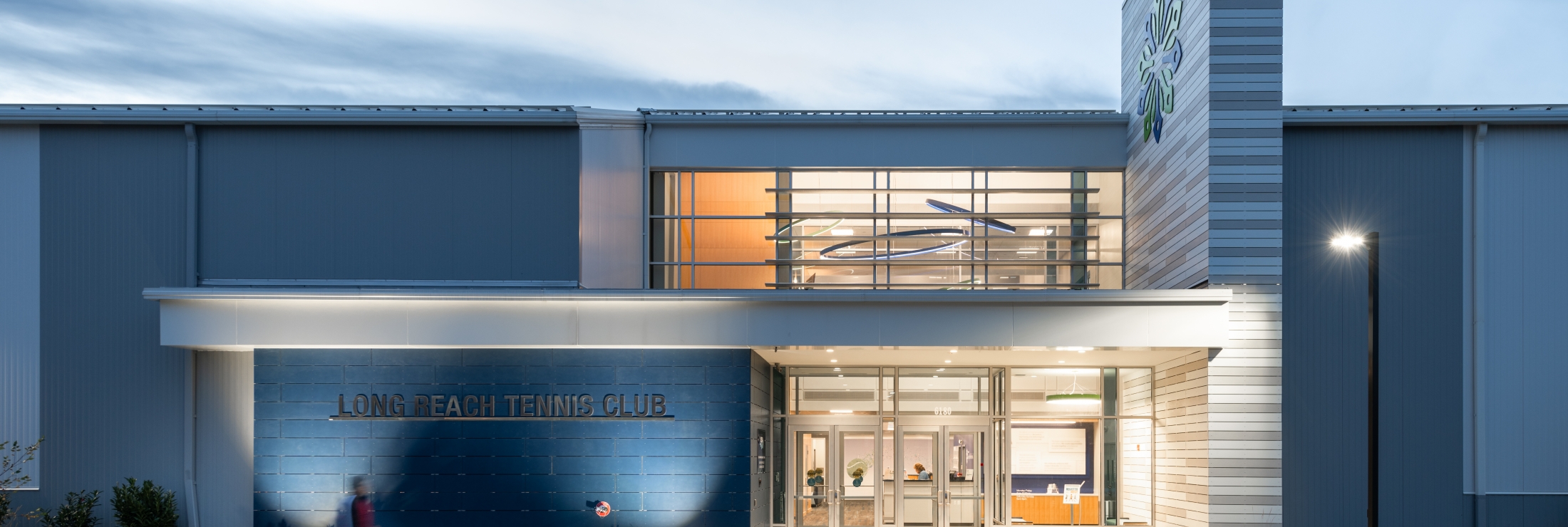Design with Principle
At the onset of every project, you will need to define the design parameters, such as wall condition/type and project windloads. What type of wall construction is being used on the project? (In North America, stud/ sheathing or block/tilt-up are the most common.)
During the Design Phase, we start working through The 5 Principles, beginning with the cladding material selected. It is critical to understand the material deflection and thermal properties, spanning capabilities and water absorption of the cladding material, as these factors will influence the engineering of the substructure and the overall wall assembly. Next, comes consideration for the panel joint design and depth of cavity space behind the wall cladding. During this process, you must consider the degree of water infiltration within the system and panel joint design. As you consider cavity depth, you will need to evaluate the goals for insulation, R-values, and depth of system.
After these criteria are evaluated, the focus can now turn to which attachment system will best suit your project. Depending upon what type of wall construction is being used, you need to select a horizontal or vertical system. Next, do you prefer a visible or concealed mounting system? (As a rule of thumb, visible or face-fastened systems tend to be less expensive to install than concealed systems.)
How to Design a Rainscreen
By selecting a Cladding Corp fully-engineered rainscreen solution, you can rest assured that each of The 5 Principles of a properly designed drained and back-ventilated rainscreen is adequately addressed per your project’s unique criteria.
Principle 1
– CLADDING MATERIAL SELECTION
Select and understand the performance characteristics of the cladding product
Principle 2 – OUTER MOISTURE CONTROL
Design cladding and joints to deter water from entering system cavity
Principle 3 – CLADDING CAVITY DESIGN
Design the cladding cavity with a specific focus on ventilation, thermal and acoustic performance
Principle 4 – ENGINEERED SUBFRAMING
Design substructure system with a focus on material, structural and seismic performance
Principle 5 – INNER MOISTURE CONTROL
Design air/water barrier with a focus on flashing details and backup wall type
